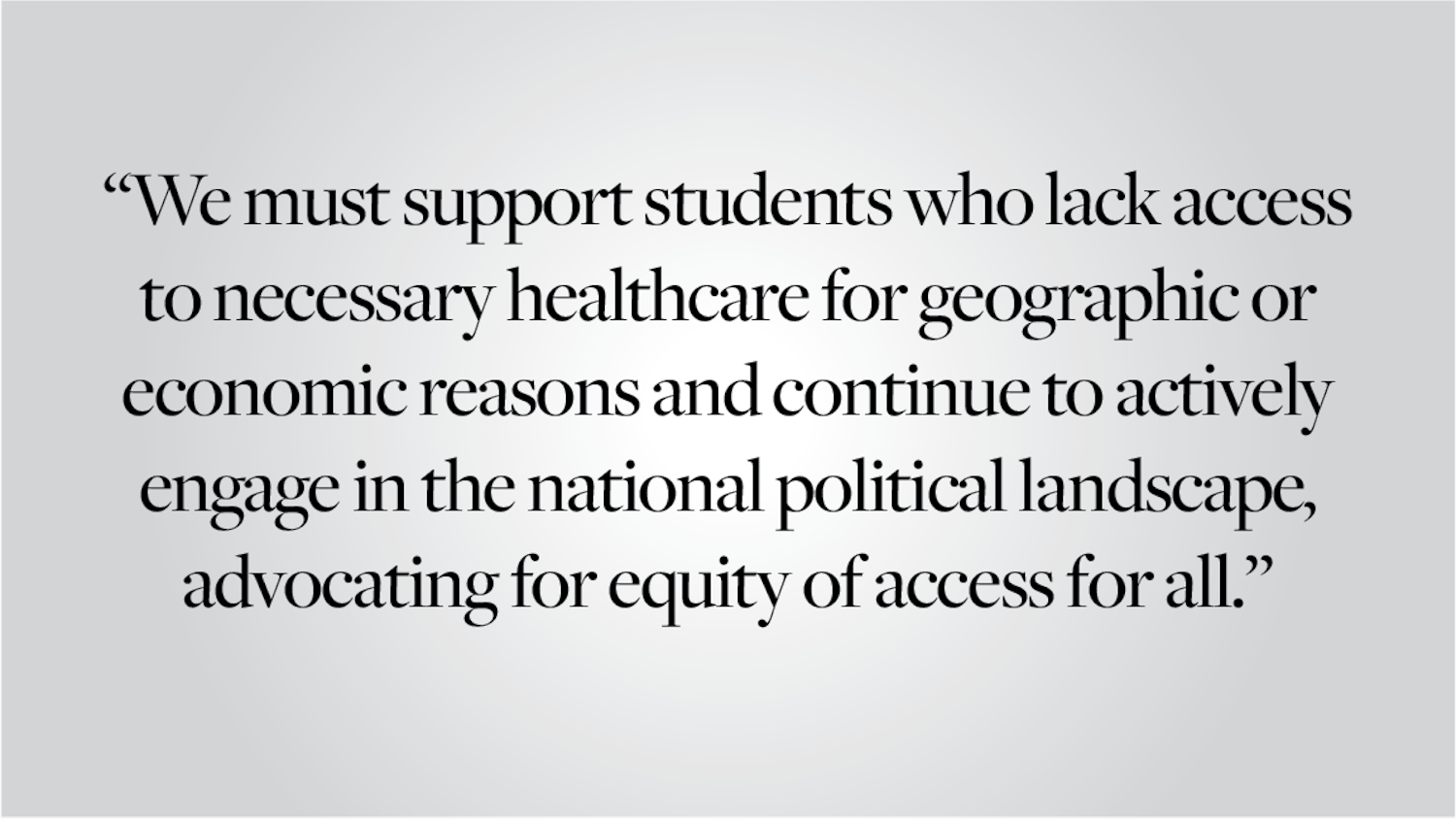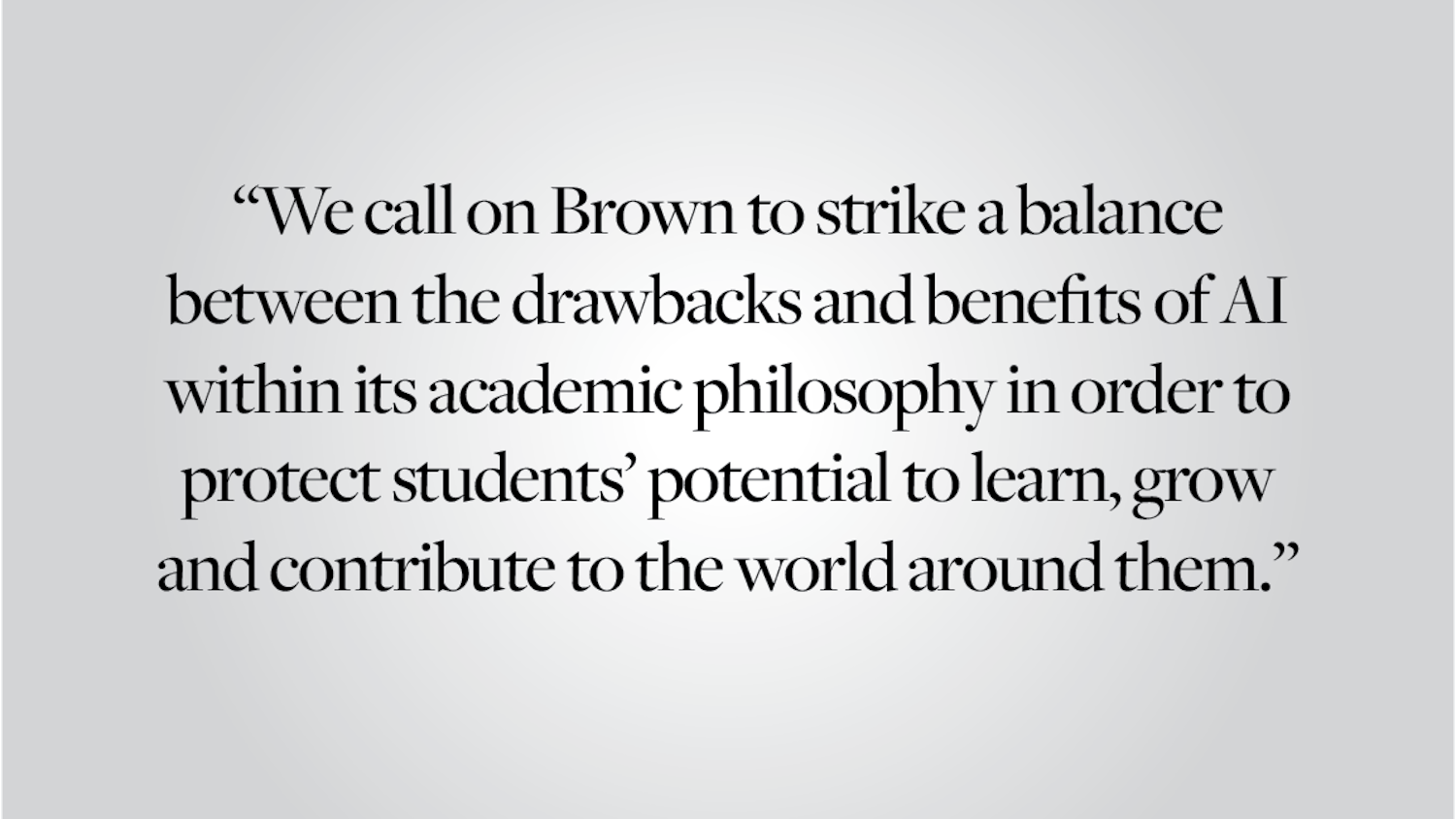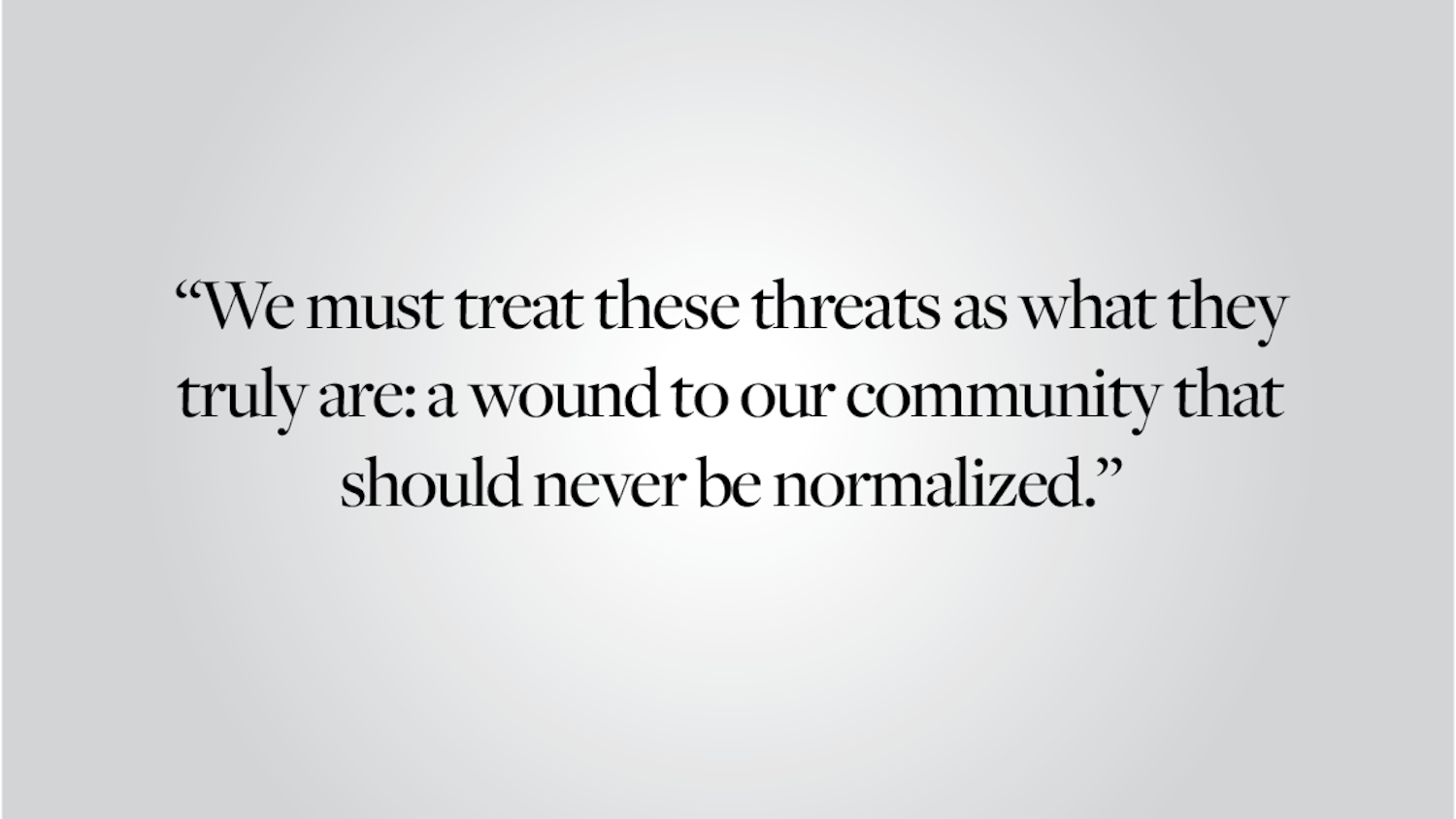We are proud that Brown faculty had a role in developing the Bootstrap curriculum. Bootstrap is a computer science literacy curriculum currently being taught to 10,000 middle school students in 17 states and five countries outside of the United States.
The program is a part of President Barack Obama’s Computer Science for All initiative and was designed in part by Shriram Krishnamurthi, a computer science professor, and Kathryn Fisler, an adjunct computer science professor. We are pleased with Brown’s role in this initiative as we expect that it will be instrumental in opening access to computer science to more middle schoolers and hopefully diversifying the field of computer science, in which women and people of color are severely underrepresented.
Currently, women receive only 18.2 percent of computer science degrees awarded in the United States. This number is a lower percentage than what it was in 1999 — 29.6 percent. The number is even worse for women of color: Of the women who earn these degrees, only 17 percent are African-American, and 9 percent are Latina. Women make up 25 percent of computer science professionals, and of that 25 percent, only 3 percent are African-American, and 2 percent are Latina.
The field of computer science is facing a diversity problem — in regard to both gender and race — that is not found in other STEM fields. While women and people of color are underrepresented in most STEM fields, the disparity has been decreasing, not increasing, over the years. As this does not hold true for computer science, it seems likely that the root of the problem is different.
Many attribute the gap to a cultural problem. Computer science is depicted as a field for men, especially white men, in shows like “Silicon Valley.” By the time students get to college, many women find male-dominated classes intimidating and feel as though they missed their chance to get into computer science already. Mostly white, male faculty also contribute to this problem. Last year, Brown’s computer science faculty of 33 members included only five women. This means students who are not white and male have a harder time finding role models and mentors to whom they can easily relate, which is an important part of feeling comfortable in any field.
But curricula like Bootstrap have the potential to have a hand in changing all of this. By exposing middle school students of various identities to computer science at an earlier age, the curriculum gives them the chance to fall in love with the field before cultural barriers can take effect. Brown has recently started an initiative to improve diversity and accessibility within Brown, and we are happy to see that Brown faculty members have helped do that outside of Brown, as well.
Editorials are written by The Herald’s editorial page board: its editors, Emma Axelrod ’18 and Emma Jerzyk ’17, and its members, Eben Blake ’17 and Leeron Lempel ’19. Send comments to editorials@browndailyherald.com.




